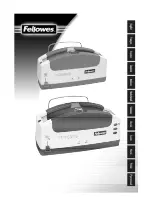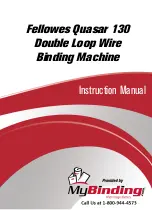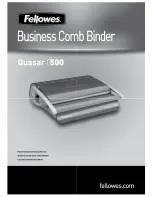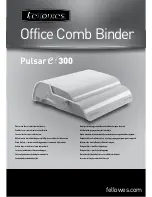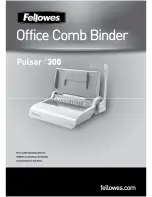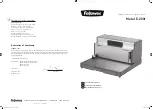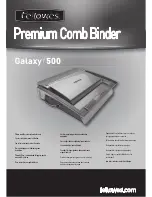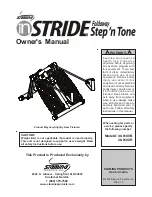
10
Inserting (or Changing)
the Needle
Photo 8
Groove/
Front Side
Scarf/
Back
Side
Diagram D
IMPORTANT NOTE:
Check the needle to
confirm it is fully inserted. The needle bar has
a stop/sight hole above the needle bar clamp
screw—make sure the needle is touching the
top of the stop/sight hole. If it is not, the
machine timing will be off and it may be
possible for the needle to collide with internal
parts causing damage not covered by warranty.
4.
Carefully
tighten the needle bar clamp screw.
Over tightening the needle clamp screw will result
in damaged threads stripping the hole. Stripped
holes are not covered under warranty. Another side
effect of damaged threads from over tightening is
the needle may be very tight when inserted up into
the needle bar. To avoid over tightening the screw,
put the long end of the Hex wrench into the screw
and finger tighten only.
NOTE:
Changing the needle is recommended
for each new quilt loaded on the machine
or any time the needle becomes bent, dull
or burred.
Check that all power
is turned off.
1.
Move the needle bar to the
highest position by turning
the hand wheel or pressing the
needle up/down control on the
handles.
2.
Loosen the needle bar clamp
screw with the appropriate Hex
wrench (
Photo 8
).
3.
With the scarf (small
ground out section/dip on the
back side of the needle just
above the needle eye) facing
toward the handwheel side
of the machine, and the long
groove down the front of the
needle facing the bobbin case
side (
Diagram D
), push
the needle all the way up into
the needle bar—until it can go
no farther.
Needle size
Thread size
16
monofilament, hologram
100 wt. silk, 60 wt. poly,
50 wt. poly, 50 wt. cotton,
some 40 wt. threads
18
40 wt. cottons and poly,
30 wt. cottons and poly
20
Any thread 30 wt. and heavier
such as 12 wt., 19 wt., 30 wt.
Needle Guide
Needle
Bar
Clamp
Screw



























